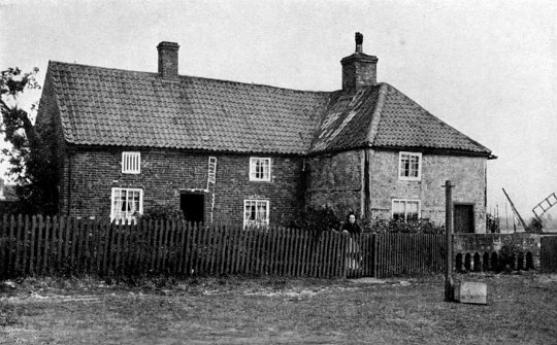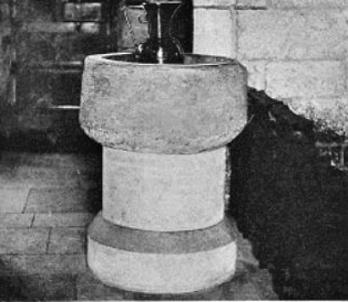| Selected images from Ancestral Homes of Noted Americans by Anne Hollingworth Wharton Published 1915 |
| I found this book when I was researching my 8-g-grandfather, Edward Doty, who was a passenger on The Mayflower. The images in the book that were related to the Pilgrims were what interested me most and were the ones I chose for this page. Descriptions within quotation marks are from the book; my comments are in italics. Photographs are from 1915 unless noted otherwise. -- Nancy |
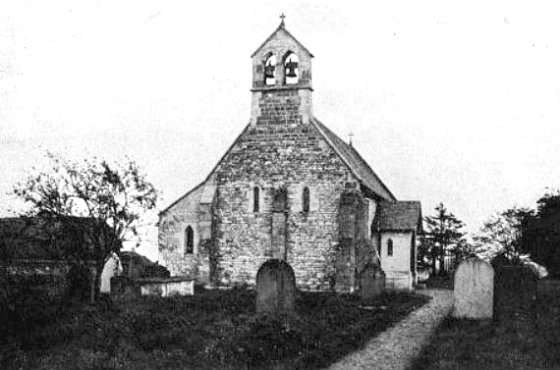
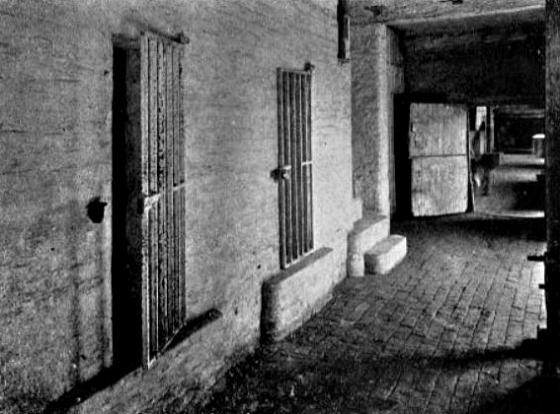
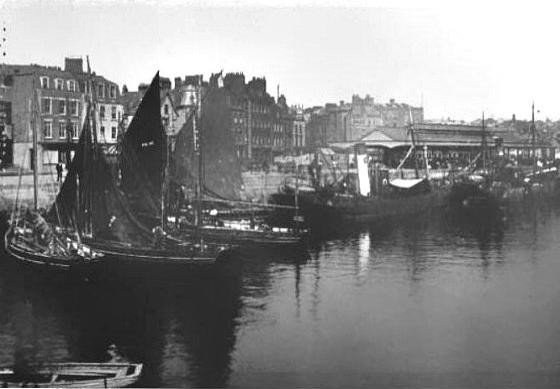
| Austerfield Church (built in 1080), in the village of Austerfield, England, where Pilgrim William Bradford was born and raised. Bradford was the longest-serving and most well- known governor of Plymouth Colony. By the end of the 19th century, the church had fallen into serious disrepair, but reconstruction work was done and the church saved thanks to donations from the General Society of Mayflower Descendents in the United States. The ancient baptismal font shown below was lost for a time, then discovered at a local farm in the 1970's, when it was returned to the church. “We turned to the parish church, where we found the baptismal font from which the son of William Bradford and Alice, his wife, was baptized March 19th, 1589, as is recorded upon a tablet on the wall of the church. "It was this church that William Bradford left [when he became a Separatist], despite the strong opposition of his relatives and neighbors, to join the congregation at the home of his friend, William Brewster, in the village of Scrooby.” -- Ancestral Homes |
| Bradford manor house in Austerfield where Governor William Bradford was born. By the middle of the 20th century, the house was uninhabitable, but, fortunately, someone purchased and renovated it and it is still standing and lived in today. "It is reasonable to suppose that the home of the Bradfords, which now stands directly upon the village street, was surrounded at one time by lands belonging to its owner. This is likely since William Bradford was left a comfortable inheritance by his parents, and he always spoke of being brought up on a farm." -- Ancestral Homes |
| Cells in the town hall in Boston, Lincolnshire, where the Separatists were kept after their first attempt to flee England and go to Holland in search of religious freedom in 1608. "After a month’s imprisonment in the jail at Boston, England, the fugitives were released, although some of the leaders of the company were kept in durance until the assizes, among them Brewster and Bradford. They were, while in prison, treated with humanity and even courtesy, which may have been due to the fact that Boston in Lincolnshire was the home of a number of Nonconformists. In the spring many who had failed in their first attempt, embarked upon a Dutch vessel at Grimsby Common. Even then they were not permitted to depart from the shores of England in peace, as some government officials, having got word of their intention, surprised them at night, when only half the company was on board, and ruthlessly separated wives from their husbands and children from their parents. Thus at the sailing of the ship a number were left behind; among these were Brewster, Robinson and other leaders of the company, 'who had stayed to help the weakest over before them.' These stranded Pilgrims went over at a later date, singly and by separate routes; and by August of the same year, 1608, the entire congregation, numbering about one hundred, found themselves safe in the haven where they would be.” -- Ancestral Homes |
| The harbor, Plymouth, England, from which The Mayflower set sail. |
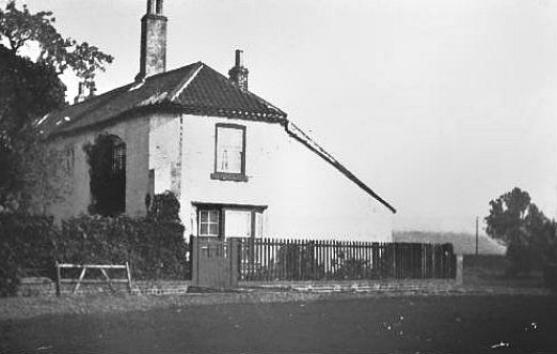
| Manor house at Scrooby, England, home of William Brewster. Brewster was a Separatist leader and minister and he was the senior elder of Plymouth Colony, serving as its religious leader and as an adviser to Governor William Bradford. It was on this property that the Separatists first met in secret after their separation from the Church of England. "This house, as it stands today, is not the one in which religious meetings were held. One man pointed out an old and ruinous building, now used as a cow shed, as the one in which the Separatists were wont to assemble. But the manor house was the home of William Brewster, and here it was that he welcomed the Separatists and, at serious risk to himself, entertained them. "On a tablet placed near the door of the mansion: 'The ancient manor house where lived William Brewster, and where he organized the Pilgrim Church, of which he became ruling elder.' " -- Ancestral Homes |
| The link to this page is: http://old-new-orleans.com/Pilgrim_Ancestral_Homes Other pages related to Edward Doty and Plymouth Colony: Pilgrims and Strangers Paying Tribute Pilgrim Town: Marshfield, Massachusetts Old Winslow Burying Ground Illustrations from "The Romantic Story of the Pilgrims" - Published 1911 The Mayflower and Plimoth Plantation Early American Homes Edward Doty: My Mayflower Ancestor Miscellaneous Doty Records _________________ My G-Grandfather's Attic Whispers Old New Orleans |
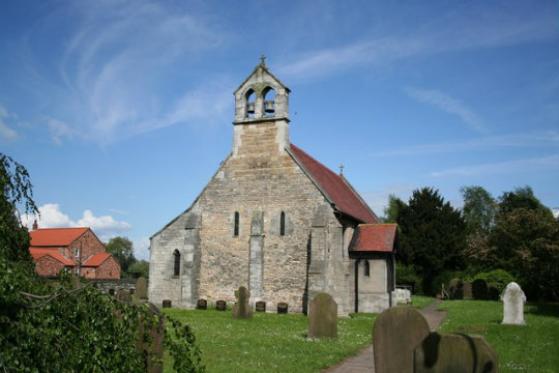
| Austerfield Church today |
